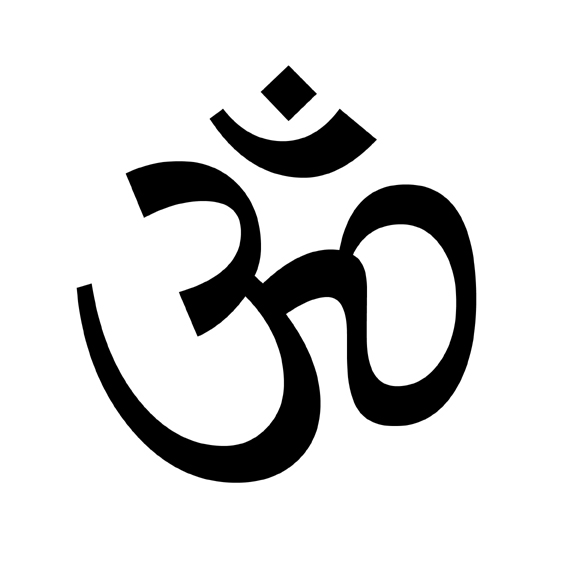The Transformative Processes in the
Context of India
home . questioning & envisioning . equal opportunity . valuing the devalued . integrating . discernment . combining
Combining
The combining process connects and combines together consciousness-raising and social action vis a vis two or more hierarchical polarities (Matthaei, Brandt 15).
Sixty-three years have passed since India achieved its independence from imperialist Britain. The fight for independence after two centuries of British colonialism led to the establishment of a nation backed by a strong sense of patriarchal nationalism. The nationalist movement included a significant aspect of symbolic male resistance as well as the residual colonial structure of gender. As highlighted in previous sections, India’s partition left out women. As a result, the fight for liberation from the British inspired the fight for Indian women’s and caste liberation today.
It is now 2010 and India is showing signs that they are well into the combining phase of the transformative process. While the initial achievements of the Indian feminist movement was inspired by the anti-colonialist and nationalist movements, gender issues today have largely been driven by contemporary international development programs. Westernized gender rights have been pressed hard by local and international NGOs—calling an end to the sexual division of labor, bride price and dowry systems, domestic violence, and so on. The early feminist movement in India was largely an urban, upper class movement, also known as the autonomous feminist movement. While the urban movement has made great strides and achievements, they have excluded the rural women who are often poorer and suffer from a lack of access to jobs, healthcare and education. Rural women have been left out of local and national politics and they tend to be more reliant on foreign aid from NGOs, both national and international. (Bose et al, 512)
Over the passed decade, there has been a movement towards the inclusion of poor, rural women in the larger Indian women’s movement. NGOs have begun to work towards combing rural and urban women’s issues to achieve greater equality between the various castes of women. Some examples are:
- Self Employed Women’s Association (SEWA)
- SEWA is a trade union for self-employed women that seeks to decrease the disparities in India’s working class by providing jobs, healthcare opportunities, training and stable wages. They have revolutionized women’s work in India and they are the frontrunner of India’s cooperative movement, combining labor rights, women’s and caste issues. For more information, go to: www.sewa.org
- Seva Mandir
- An NGO located in Udaipur, India. They largely focus on employing and training rural women, widows and divorcees. However, they have recently begun to reach out to urban women who have expressed the need for stable jobs and an independent income from their husbands. Seva is now focusing on combining the needs of both rural and urban women. For more information, go to: http://www.sevamandir.org/
- Vandana Shiva: Ecofeminism and Saving Seeds
- This is a classic example of the combining process in India’s women’s and environmental movements. Vandana Shiva revolutionized the ecofeminism movement in India that is grounded in the relationship between feminism and the environment. The oppression of women is comparable to the destruction and/or oppression of the environment.
SOURCES:
Bose et al. “The Study of Gender in India: A Partial Review.” Gender and Society. Sage Publications. Vol. 17, No. 4 (Aug. 2003) pp. 503-524
Matthaei, Julie and Barbara Brandt. "The Transformative Moment: Part II." From Richard Westra, ed. The Political Economy of the Present and Possible Global Future(s). (New York: Anthem Press, 2009), 15.

